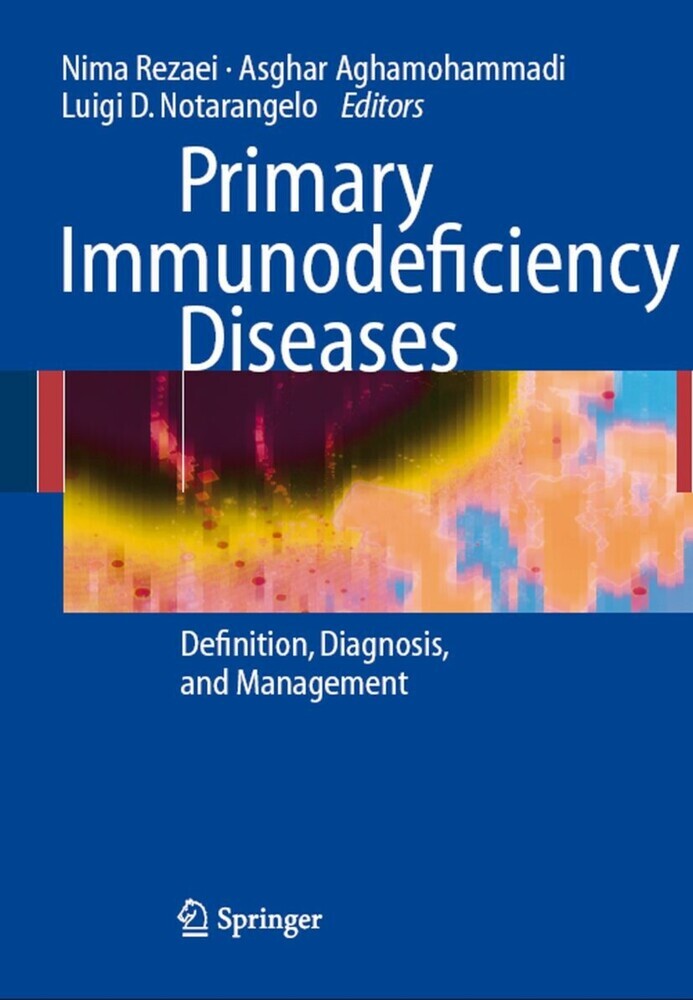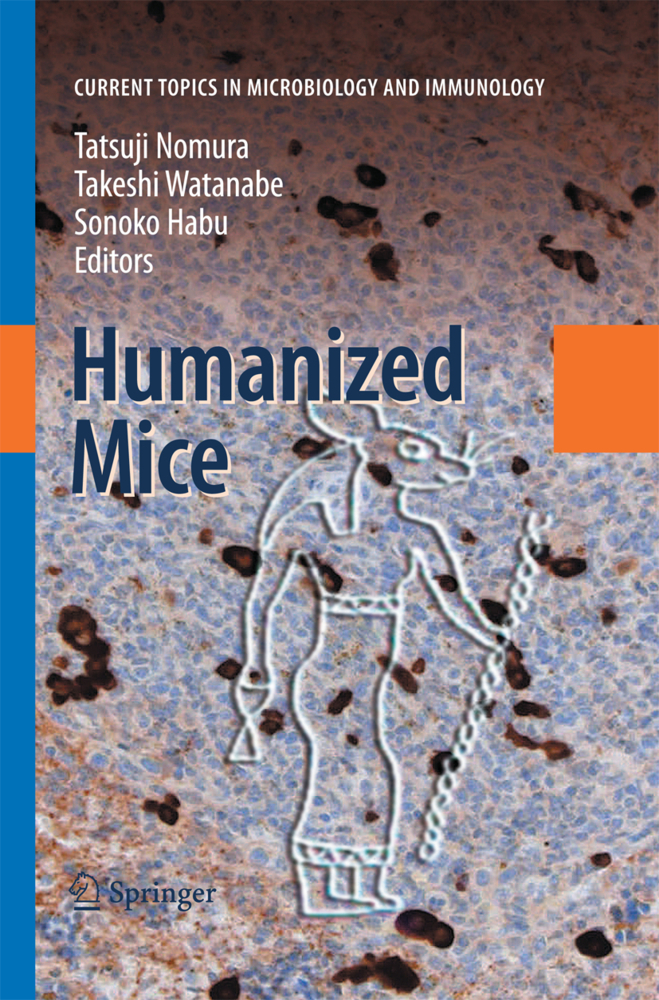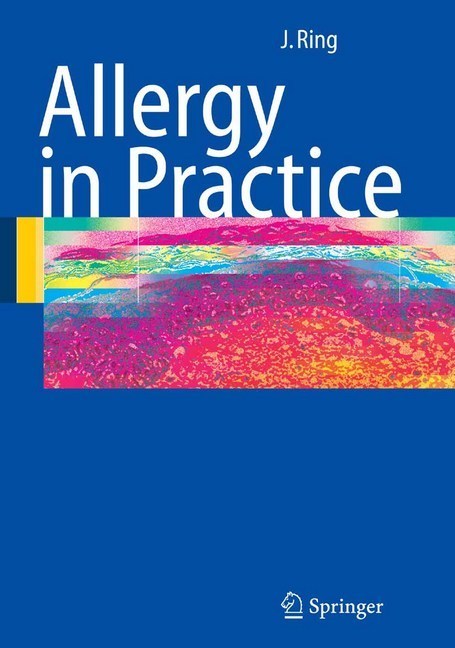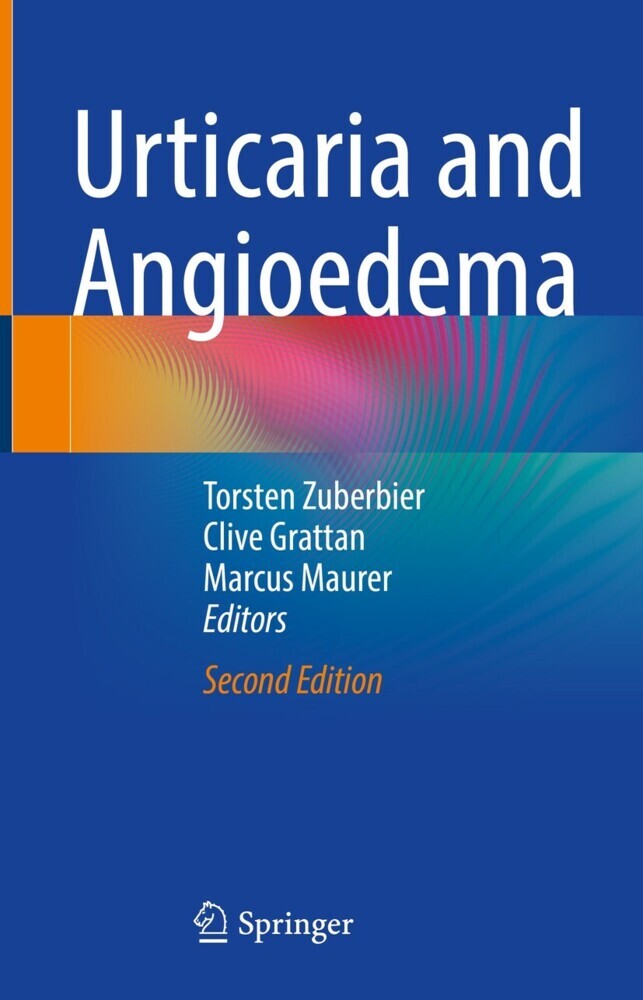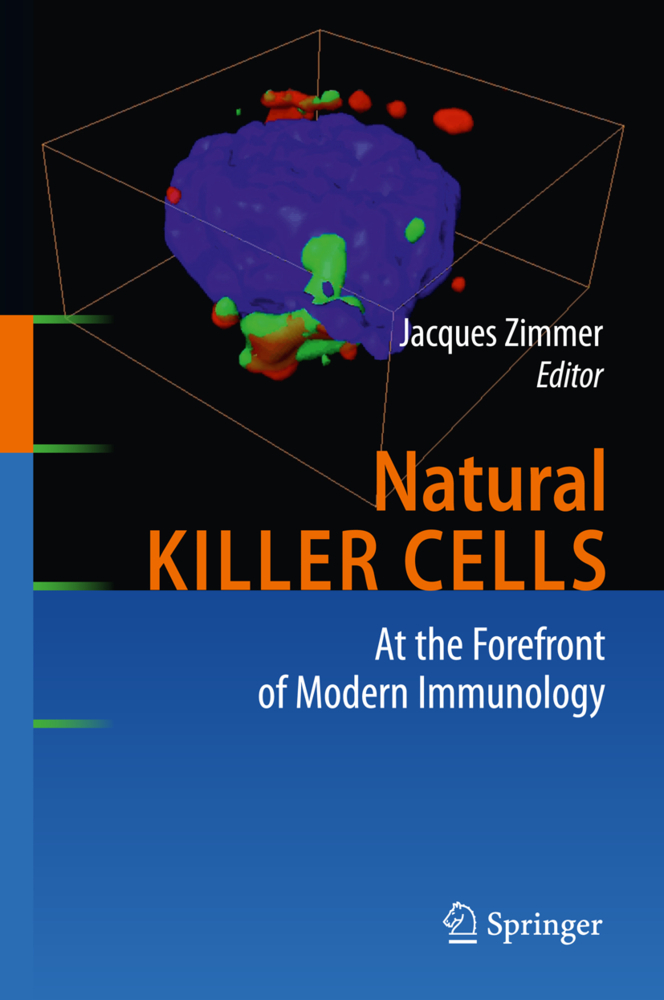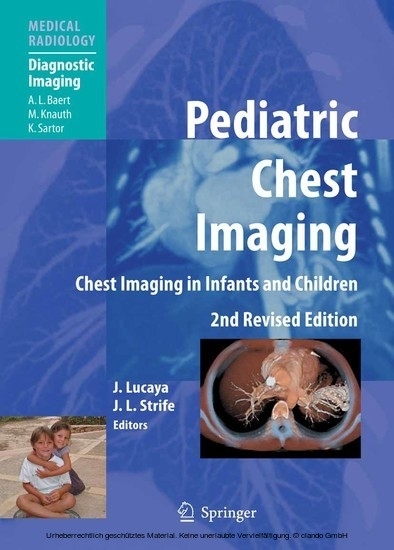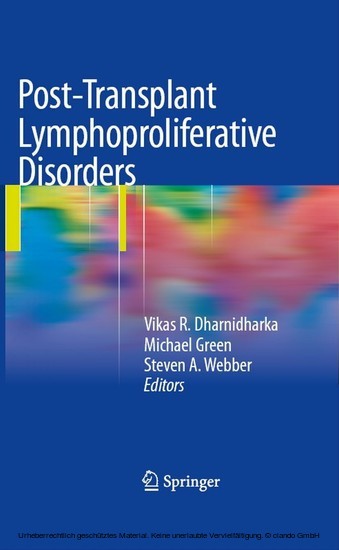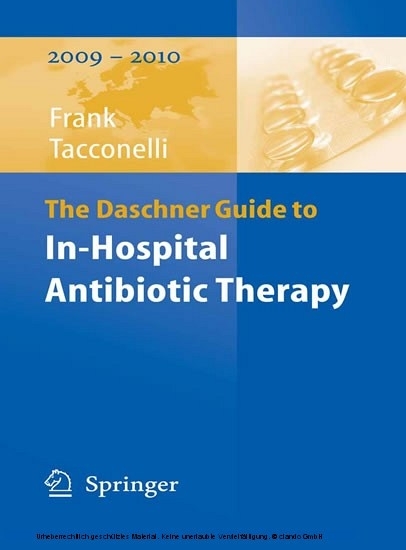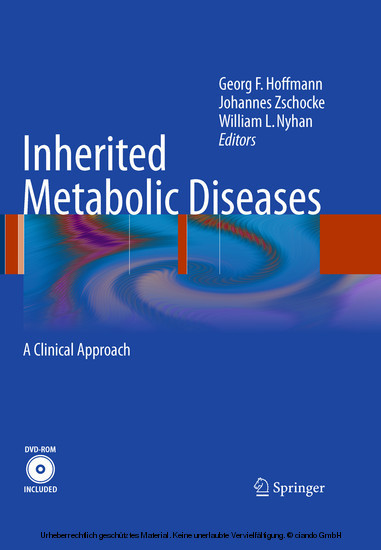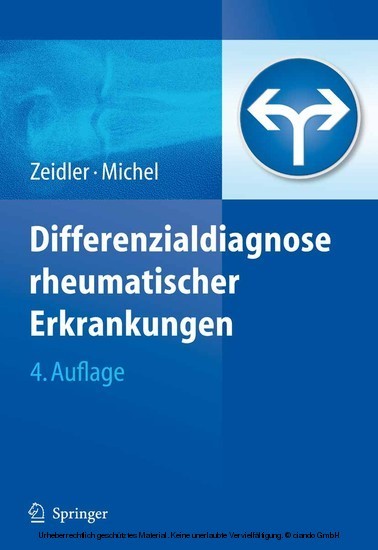Primary Immunodeficiency Diseases
Definition, Diagnosis, and Management
Primary immunodeficiency diseases (PID) are a group of disorders involving defects in one or more components of the immune system, and are characterized by an increased incidence of infections, autoimmunity, and malignancies. Although PID seem to be rare, the number of patients diagnosed has increased in recent years, and more than 150 different forms of PID have been identified. Nevertheless, because of inadequate medical awareness, a significant number of patients with PID are either not recognized as having a PID or are not diagnosed as early as they should be. Such delays lead to a substantial increase in morbidity and mortality among affected individuals.
Our understanding of PID is improving rapidly, which will hopefully lead to more accurate diagnosis and efficient disease management. This book contains the most recent advances in the field, as well as a concise and structured review of previously identified PID. Although the book's primary focus is on practical diagnosis and management, the pathophysiology of PID is also discussed.
This book is a comprehensive yet manageable resource for physicians and nurses wishing to learn more about PID, as well as a useful tool for both doctors-in-training and specialists in clinical decision-making and treatment planning.
Our understanding of PID is improving rapidly, which will hopefully lead to more accurate diagnosis and efficient disease management. This book contains the most recent advances in the field, as well as a concise and structured review of previously identified PID. Although the book's primary focus is on practical diagnosis and management, the pathophysiology of PID is also discussed.
This book is a comprehensive yet manageable resource for physicians and nurses wishing to learn more about PID, as well as a useful tool for both doctors-in-training and specialists in clinical decision-making and treatment planning.
1;Dedication;5 2;Foreword;7 3;Preface;9 4;Contents;11 5;Contributors;19 6;Abbreviations;25 7;An Introduction to Primary Immunodeficiency Diseases;30 7.1;Core Messages;30 7.2;1.1 Definition;30 7.3;1.2 Etiology;31 7.4;1.3 Clinical Manifestations;43 7.5;1.4 Diagnosis;49 7.6;1.5 Management;54 7.7;References;59 8;Combined T and B Cell Immunodeficiencies;68 8.1;Core Messages;68 8.2;2.1 Introduction;68 8.3;2.2 T- B+ Severe Combined Immunodeficiency;71 8.4;2.3 T- B- Severe Combined Immunodeficiency;77 8.5;2.4 Omenn Syndrome;82 8.6;2.5 DNA Ligase IV Deficiency;83 8.7;2.6 Cernunnos Deficiency;84 8.8;2.7 Purine Nucleoside Phosphorylase (PNP) Deficiency;85 8.9;2.8 Immunoglobulin Class Switch Recombination Deficiencies ( affecting CD40 - CD40L);88 8.10;2.9 MHC Class II Deficiency;91 8.11;2.10 MHC Class I Deficiency;94 8.12;2.11 CD8 Deficiency;97 8.13;2.12 CD4 Deficiency;99 8.14;2.13 CRAC Deficiency;101 8.15;2.14 Winged-Helix-Nude ( WHN) Deficiency;102 8.16;2.15 CD25 Deficiency;103 8.17;2.16 STAT5B Deficiency;105 8.18;References;107 9;Predominantly Antibody Deficiencies;126 9.1;Core Messages;126 9.2;3.1 Introduction;126 9.3;3.2 Agammaglobulinemia with Absent B Cells;128 9.4;3.3 Hypogammaglobulinemia with Normal/ Low Number of B Cells (Common Variable Immunodeficiency, ICOS Deficiency, TACI Deficiency, CD19 Deficiency, Other Forms of Hypogammaglobulinemia);134 9.5;3.4 Immunoglobulin Class Switch Recombination Deficiencies ( Due to Intrinsic B Cell Defects);140 9.6;3.5 Selective IgA Deficiency;142 9.7;3.6 Other Immunoglobulin Isotypes or Light Chain Deficiencies (Isolated IgG Subclass Deficiency, IgA with IgG Subclass Deficiency, Ig Heavy Chain Deletions, k Light Chain Deficiency);145 9.8;3.7 Specific Antibody Deficiency with Normal Immunoglobulin Concentrations;146 9.9;3.8 Transient Hypogammaglobulinemia of Infancy;147 9.10;References;148 10;Phagocytes Defects;160 10.1;Core Messages;160 10.2;4.1 Introduction;160 10.3;4.2 Severe Congenital Neutropenias;160 10.4;4.3 Cyclic Neutropenia;164 10.5;4.4 Leukocyte Adhesion Deficiency;165 10.6;4.5 RAC-2 Deficiency;170 10.7;4.6 b-Actin Deficiency;170 10.8;4.7 Chronic Granulomatous Disease ( CGD);172 10.9;4.8 Neutrophil G-6PD Deficiency;181 10.10;4.9 Myeloperoxidase Deficiency;182 10.11;4.10 Specific Granule Deficiency;183 10.12;4.11 Shwachman-Diamond Syndrome;184 10.13;4.12 Localised Juvenile Periodontitis;187 10.14;4.13 Papillon-Lefèvre Syndrome;187 10.15;References;188 11;Genetic Disorders of Immune Regulation;196 11.1;Core Messages;196 11.2;5.1 Introduction;196 11.3;5.2 Familial Hemophagocytic Lymphohistiocytosis (Perforin Deficiency, MUNC13-4 Deficiency, Syntaxin 11 Deficiency);197 11.4;5.3 Immunodeficiency with Hypopigmentation (Chediak-Higashi Syndrome, Griscelli Syndrome, Type II, Hermansky-Pudlak Syndrome, Type II, p14 Deficiency);201 11.5;5.4 X-Linked Lymphoproliferative Syndrome (XLP) (SAP Deficiency, XIAP Deficiency);204 11.6;5.5 Autoimmune Lymphoproliferative Syndrome (ALPS) (ALPS Ia, Ib, IIa, IIb, III);207 11.7;5.6 Autoimmune Polyendocrinopathy with Candidiasis and Ectodermal Dystrophy ( APECED);211 11.8;5.7 Immunodysregulation, Polyendocrinopathy, Enteropathy, X- Linked ( IPEX);213 11.9;References;216 12;Defects in Innate Immunity: Receptors and Signaling Components;224 12.1;Core Messages;224 12.2;6.1 Introduction;224 12.3;6.2 Defective Toll-Like Receptor (TLR) Signaling Without Ectodermal Dysplasia (IRAK-4 Deficiency, TLR3 Deficiency, UNC-93B Deficiency);225 12.4;6.3 Defective Toll-Like Receptor (TLR) Signaling with Ectodermal Dysplasia (XL- and AD-Anhidrotic Ectodermal Dysplasias with Immunodeficiency);228 12.5;6.4 Mendelian Susceptibility to Mycobacterial Diseases (IFN- g Receptor 1/2 Deficiencies, IL-12/23 Receptor b1 Chain Deficiency, IL-12p40 Deficiency, STAT1 Deficiency, LZ-NEMO Deficiency);230 12.6;6.5 Warts, Hypogammaglobulinemia, Infections, Myelokathexis ( WHIM) Syndrome;234 12.7;6.6 Epidermodysplasia Verruciformis (EV Types 1,2);236 12.8;References;237 13;Autoinflammatory Diso
Rezaei, Nima
Notarangelo, Luigi D.
Aghamohammadi, Asghar
| ISBN | 9783540789369 |
|---|---|
| Artikelnummer | 9783540789369 |
| Medientyp | E-Book - PDF |
| Auflage | 2. Aufl. |
| Copyrightjahr | 2008 |
| Verlag | Springer-Verlag |
| Umfang | 358 Seiten |
| Sprache | Englisch |
| Kopierschutz | Digitales Wasserzeichen |

